In the fast-evolving world of technology, IT scams are becoming increasingly sophisticated, targeting individuals and businesses alike. As we navigate through various seasons and holidays, scam attempts often spike, exploiting the timely rush and distractions. This guide provides essential tips and strategies to help you and your business to identify IT scams and avoid these threats, ensuring robust cybersecurity practices for a safer digital experience.
Table of Contents
Understanding IT Scams: The Basics
IT scams come in many forms, including phishing emails, malware, ransomware, and fraudulent websites. Tech support scams are also prevalent for employees who view IT services as a safe place to share information. Scammers often use fear, urgency, and curiosity to trick victims into revealing sensitive information or performing actions that compromise security. Awareness of these tactics is the first step in protecting yourself and your business.
Latest Seasonal Threats
Tax Season Scams: Scammers often pose as tax authorities during tax season, sending emails or making phone calls demanding immediate payment or claiming you’re entitled to a refund to gain access to your bank account. Official tax communications typically come through the mail, not by email or phone. Always contact the tax office directly using official channels if you receive such messages.
Back-to-School Scams: As the new school year approaches, scams targeting parents and students become prevalent. These may include fake scholarships, school supply deals, and student loan offers. Given the right information, scammers could commit identity theft with ease. Verify offers through official school channels and trusted educational resources.
Summer Travel Scams: During the summer, scammers take advantage of the increase in travel plans. Fake travel deals, vacation rental scams, and fraudulent travel insurance offers are common. Always book travel arrangements through reputable websites and verify the legitimacy of rental properties before making payments.
Essential Tips to Avoid IT Scams
Verify the Source: Always double-check the sender’s email address, website URL, and any unexpected communication. Scammers often use slight variations of legitimate addresses to deceive victims, whether through a tech support scam or in search of your bank account details.
Use Strong Passwords and Two-Factor Authentication (2FA): Create complex passwords and use different passwords for different accounts. Enable 2FA wherever possible to add an extra layer of security.
Be Wary of Urgency: Scammers create a sense of urgency to provoke quick action. Take your time to evaluate the situation, and don’t rush into decisions based on fear or pressure.
Install and Update Security Software: Use reputable antivirus and anti-malware software, and keep it updated. Also, regularly update your operating system and applications to protect against known vulnerabilities. This is especially important if you have remote access to sensitive data.
Educate and Train: Ensure that all employees or household members are aware of common scams and how to avoid them. Regular training sessions can keep everyone informed about the latest threats.
Use Secure Networks: Avoid using public Wi-Fi for sensitive transactions. If necessary, use a virtual private network (VPN) to encrypt your internet connection.
Monitor Financial Statements: Regularly check your bank and credit card statements for any unauthorized transactions. Early detection of fraud can prevent further financial damage.
Special Considerations for Summer Travel and Remote Work
Public Wi-Fi Risks: When travelling or working remotely, avoid using public Wi-Fi for accessing sensitive information. Public Wi-Fi networks are often unsecured, making it easier for hackers to intercept your data. Use a VPN to secure your internet connection.
Remote Work Security: Ensure that your devices are protected with strong passwords and updated security software if you use remote access permissions. Be cautious of phishing attempts targeting remote workers, such as fake IT or tech support scams or emails asking for login credentials.
Secure Your Devices: When travelling, keep your devices secure and avoid leaving them unattended in public places. Enable device encryption and use tracking software to locate lost or stolen devices.
Backup Data: Regularly back up important data before travelling. In case of device theft or loss, you can restore your information from the backup.
Effective Cybersecurity Practices for Businesses
Implement Security Policies: Develop and enforce comprehensive security policies covering acceptable use, incident response, and data protection.
Conduct Regular Audits: Regular security audits and risk assessments can identify vulnerabilities before they are exploited by scammers.
Secure Email Gateways: Use advanced email filtering solutions to block malicious emails and attachments. Encourage employees to report suspicious emails.
Incident Response Plan: Develop and maintain an incident response plan to quickly and effectively respond to security breaches. Ensure all employees know their roles and responsibilities during an incident.
Conclusion
By staying informed and vigilant, you can significantly reduce the risk of falling victim to IT scams. Whether you’re an individual looking to protect personal information or a business aiming to secure its operations, following these tips and strategies will help you navigate the digital landscape safely. Remember, cybersecurity is an ongoing process that requires continuous attention and adaptation to new threats. Stay safe for this season and beyond!
Let’s stop the ‘fall’!



